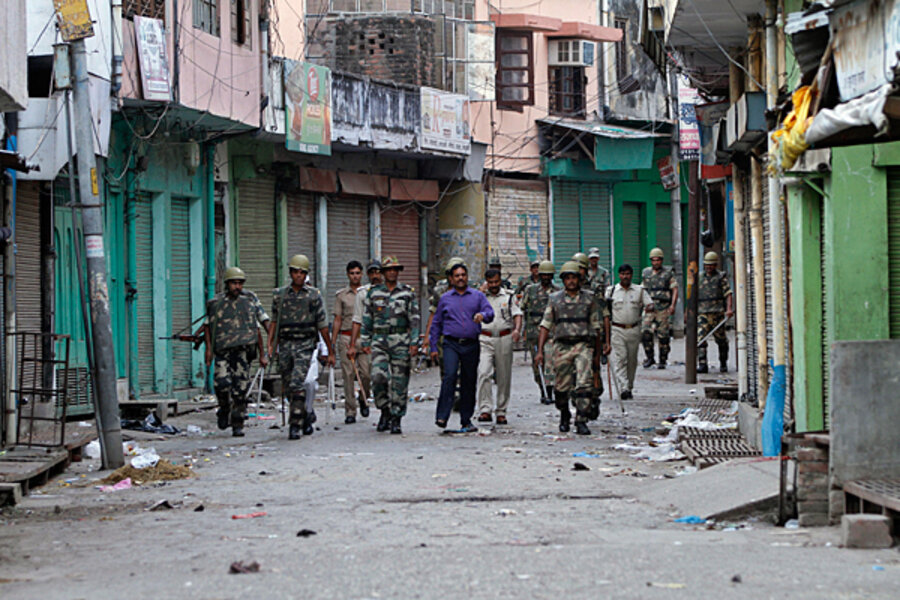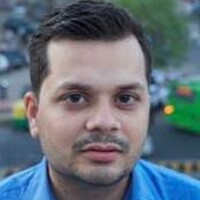31 killed in Indian religious violence
| New Delhi
Hindu-Muslim violence 80 miles from Delhi in Muzaffarnagar in the northern state of Uttar Pradesh, has left 31 dead and 40 more in the hospital raising fears of a return to widespread communal violence.
The riot is one of the biggest cases of Hindu-Muslim violence in India this year. India's home minister said today that the country had seen 451 incidents of violence between religious groups so far this year, as compared with 410 incidents in all of 2012.
The increasing violence is reminiscent of the bloody riots in Gujarat state in 2002 that left more than 1,000 people dead, according to official estimates. Such large-scale Hindu-Muslim violence seemed to have ebbed since then – until this year.
“Many thought that with increasing prosperity violence between communities declines,” says historian and columnist Ramachandra Guha. “But India is a large and complex country and Pluralism is always a hard-won daily battle. While civil society has been active in its work for communal harmony, the consensus amongst the political class that we need communal harmony at all costs, seems to no longer be there.”
The death toll is expected to rise. The military and police have been deployed in the area and issued a curfew. And dozens of families were seen leaving the area on Sunday night, according to reports.
The recent violence began on Aug. 27, when three young men were killed after an altercation between Hindus and Muslims about a man of one community sexually harassing the woman of another. Indian media conventions do not identify the communities in news reports so as not to fan further violence.
While the ruling Samajwadi Party in Uttar Pradesh has been accused of not acting quick enough to the violence by arresting the accused immediately, the Hindu nationalist Bhartiya Janata Party (BJP) has been accused of fanning the violence. “The Samajwadi Party has completely failed to maintain law and order in the state,” says political analyst Ajoy Bose.
The Uttar Pradesh state has seen 50 incidents of communal violence since the Samajwadi Party came to power in March last year, according to the Times of India. Communal clashes have also taken place in various parts of Bihar state and a riot in Kishtwar town of Jammu and Kashmir after Eid prayers left three dead last month.
“No riot is apolitical,” says Lucknow-based human rights activist Shahnawaz Khan of the Rihai Manch, a nongovernmental organization in Uttar Pradesh for the release of prisoners falsely charged with terrorism cases.
“These riots are taking place so as to cause Hindu-Muslim polarization of voters in anticipation of the general elections in April 2014. We'll see a lot more of this in the next nine months. What's new is that violence is now spreading to rural areas, though earlier it used to be restricted to cities,” he says.
The election campaign has begun early with the opposition BJP projecting the controversial Narendra Modi as its prime ministerial candidate. Mr. Modi, the chief minister of Gujarat state, is accused by many of having looked the other way as Hindu mobs killed 1,200 Muslims in 2002.






